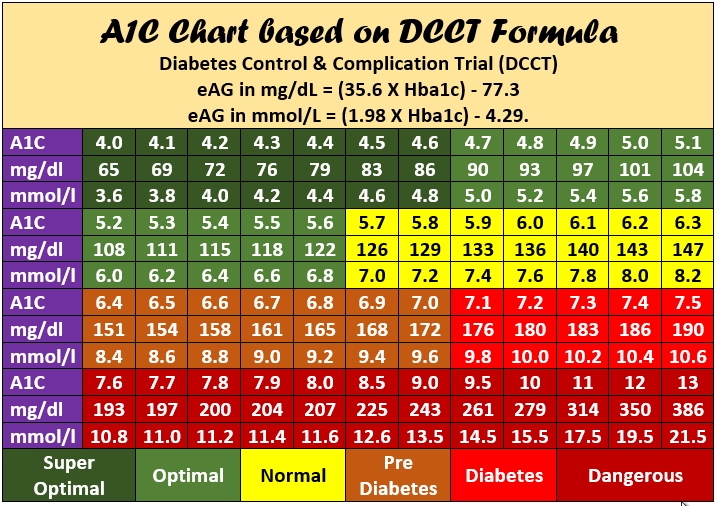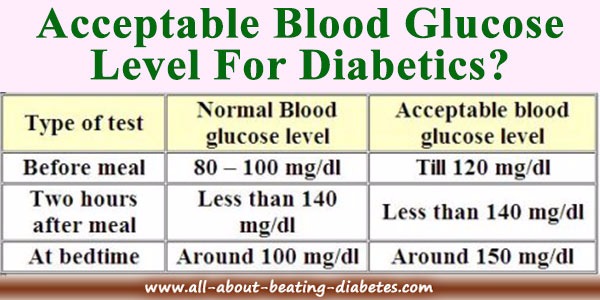Table of Content
Get medicine that works for you.The right insulin or medication program can make a big difference. In general, to cover after-meal spikes, those that kick in quickly and for a short time are a better choice than ones that work slowly over a long period. Because the sensor is not replaced for several days, this technology reducesbut may not eliminatethe need for finger pricks. This can show you whether you need to make small changes to a meal if it spikes your blood sugar, rather than avoiding your favorite meals altogether. Some adjustments include swapping a starchy side for non-starchy veggies or limiting them to a handful.
For type 2 diabetes, your doctor will likely recommend a combination of diet and lifestyle changes. Certain foods, such as candy and alcohol, can cause higher blood sugar readings right after you've consumed them. Losing weight, eating a healthy diet, and increasing your daily activity level can all help with these issues.
What are symptoms of untreated diabetes?
But if you see your blood sugar registering test values that are steadily going up, test after test, it is time to talk to your doctor. One hour after you started eating, test your blood sugar with the meter. If you lose track of the time measure as soon as possible. Getting regular lab tests can also help you determine how well you’re controlling your diabetes.

Check your plan or ask your health care team for help finding low-cost or free supplies, and see How to Save Money on Diabetes Care for more resources. If you think you may have DKA, test your urine for ketones. Follow the test kit directions, checking the color of the test strip against the color chart in the kit to see your ketone level. If your ketones are high, call your health care provider right away. Say your A1C test comes back with no sign of diabetes constantly measuring your blood sugar can still be helpful. For instance, some people experiment with using a CGM to see how their body responds to different types of food.
How can I treat high blood sugar?
If you get your supplies this way, you must place the order yourself. Youâll need a prescription from your doctor to place your order, but your doctor canât order the supplies for you. With some meters, you can also use your forearm, thigh, or fleshy part of your hand. A support community for those with gestational diabetes. When you are done, you will throw away the needle and the strip. These need to go into a “sharps” container, so you aren’t putting needles and blood in regular trash.
You can also use a continuous glucose monitor to check your blood sugar. This is different from glucometers, which can only monitor blood sugar when you test your blood. Wait for 15 minutes and then check your blood sugar again. Do one of the above treatments again until your blood sugar is 70 mg/dL or above and eat a snack if your next meal is an hour or more away. If you have problems with low blood sugar, ask your doctor if your treatment plan needs to be changed. It is important to know that the results of a blood glucose meter are not always 100% accurate.
Understanding Results Of Blood Sugar Testing
This sensor measures your interstitial glucose level, and then sends the information to a pager-like monitor, or an app on your phone. An alarm sounds if your blood sugar becomes too high or too low. Diabetes is a chronic condition where the body either doesn’t make enough insulin or doesn’t use insulin properly — or both. This can lead to a higher than normal blood sugar level. Talk with your health care provider about how often you need to record your blood sugar results.

According to Wood, the product is based on “existing technology that is already out there, like the numerous heart-rate checking apps that are available”. A series of close-up images are taken, and show information about the user’s blood flow. Read on to learn more about the different types of diabetes and their potential causes.
This will help you determine how much insulin to take at each meal, and it will also keep you on track with the number of carbohydrates that you eat each day. A CGM works through a tiny sensor inserted under your skin, usually on your belly or arm. The sensor measures your interstitial glucose level, which is the glucose found in the fluid between the cells. A transmitter wirelessly sends the information to a monitor.
Routine checks can help you know when you might be starting to go too low or too high . Its a way of getting to know your body and how it works. It can help you and your healthcare team spot patterns too. That “steak and spinach salad meals” advice is not worth listening to at this point. There are some that have to resort to that even with meds, sure, but you do need certain types of carbs.
When one twin has type 2 diabetes, the other's risk is three in four at most. If diabetes was controlled entirely by genes, then both identical twins would get diabetes. Yes, you can decline a glucose screening or test, but opting out is not recommended. Since most women with gestational diabetes don’t have any symptoms, getting tested may be the only way to find out if you have the condition. To get an accurate result on the OGTT, eat about 150 grams of carbohydrates each day for 3 days before the test.

With some meters, you need to be sure the code on the strip matches the code on the meter. You should also occasionally check the date on the strips to make sure they aren’t out of date. Carefully place the subsequent drop of blood onto the test strip and wait for the results.

No comments:
Post a Comment